I33
The Sword and Buckler manuscript traditionally referred to as “I.33” (after it’s catalogue number in the Tower library ) is an anonymous German manuscript now in the collection of the Royal Armouries in Leeds. It is extremely significant as the earliest known surviving fencing manual, having been dated to the late 13th century, and presents a unique window into to world of early medieval combat. I.33 deals exclusively with the use of sword and buckler, and outlines a sophisticated, complex and potent fighting style.
The weapons being used in I.33 are typical late 13th century swords and bucklers. The medieval European sword was straight-bladed and two-edged, weighing between 1 and 1.3kg. The grip is only large enough for one hand, which is protected, to some extent, with a simple crossguard, and the weapon is balanced by a large pommel. It is primarily a cutting weapon, with a wide, thin blade, but is stiff enough to thrust admirably when the need arises with it's sharply tapering point. The sword is gripped with a simple hammer-grip, held fairly loosely with the forefingers and thumb, but tightened before impact. The length of the ideal sword will vary with your stature, but it should be a little shorter rather then longer, with a blade no more than 76cm (30 inches) long for an average sized man.
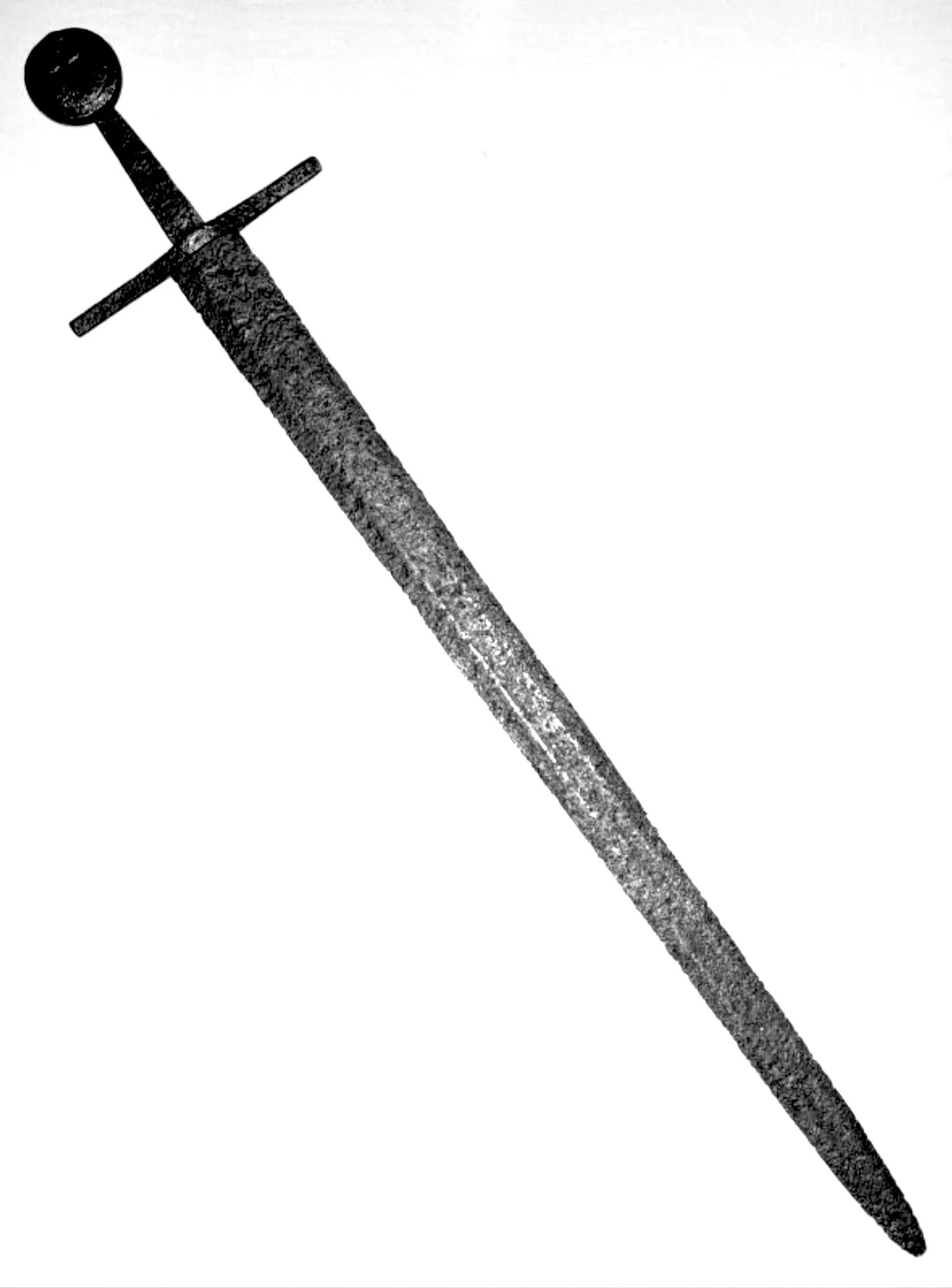
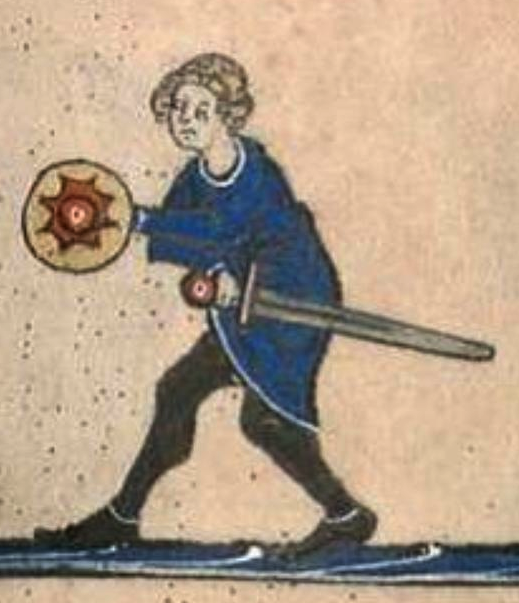
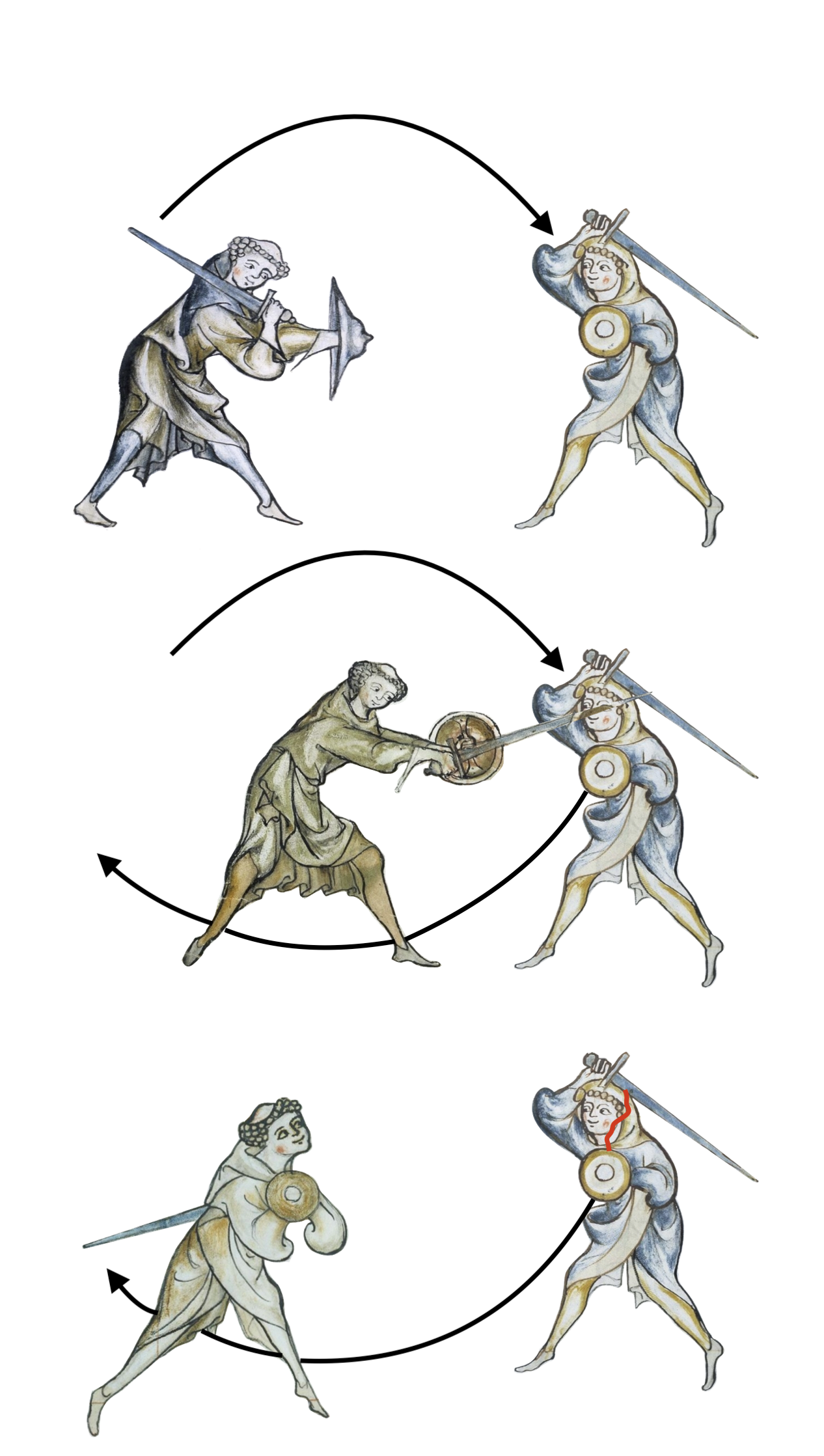
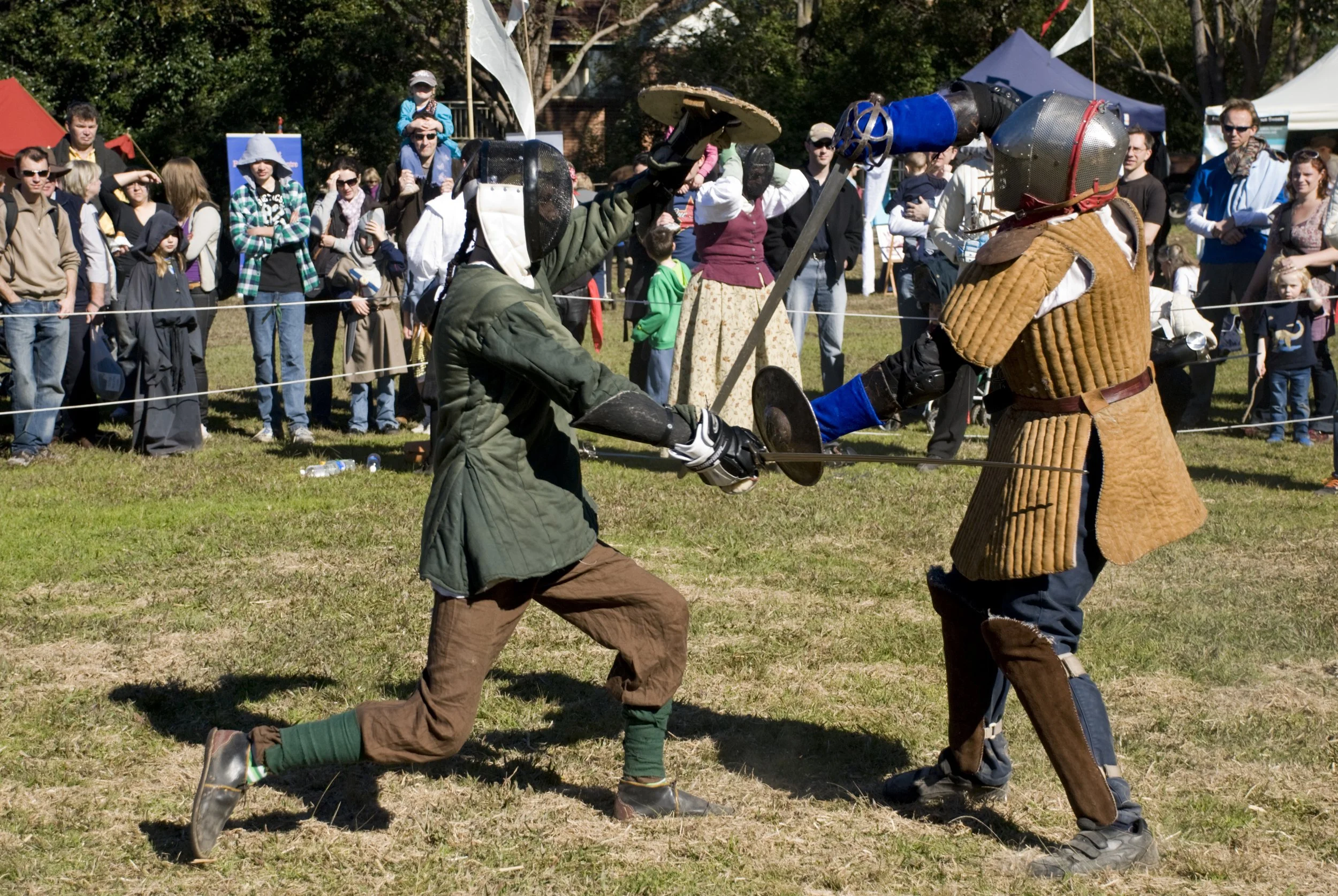
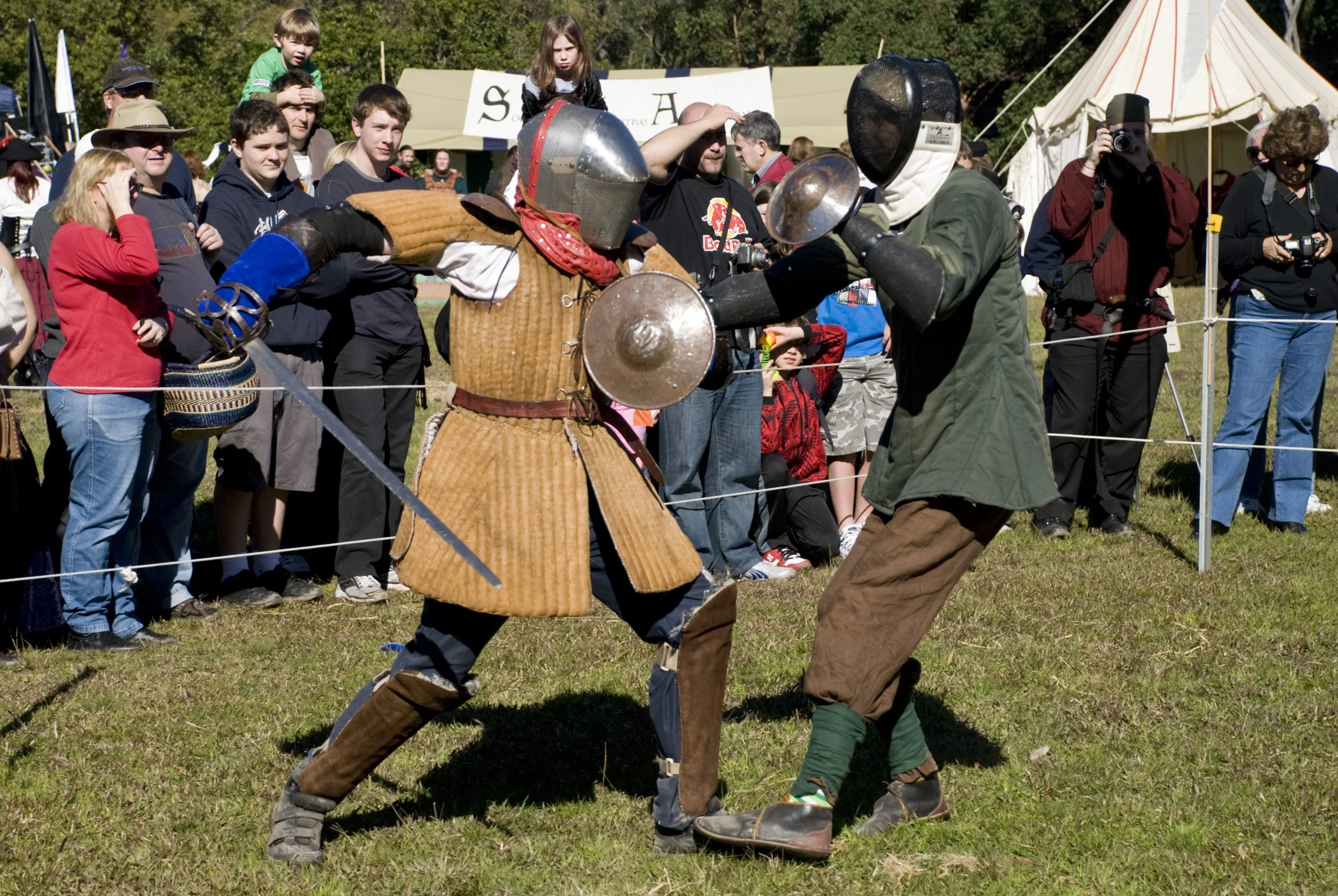
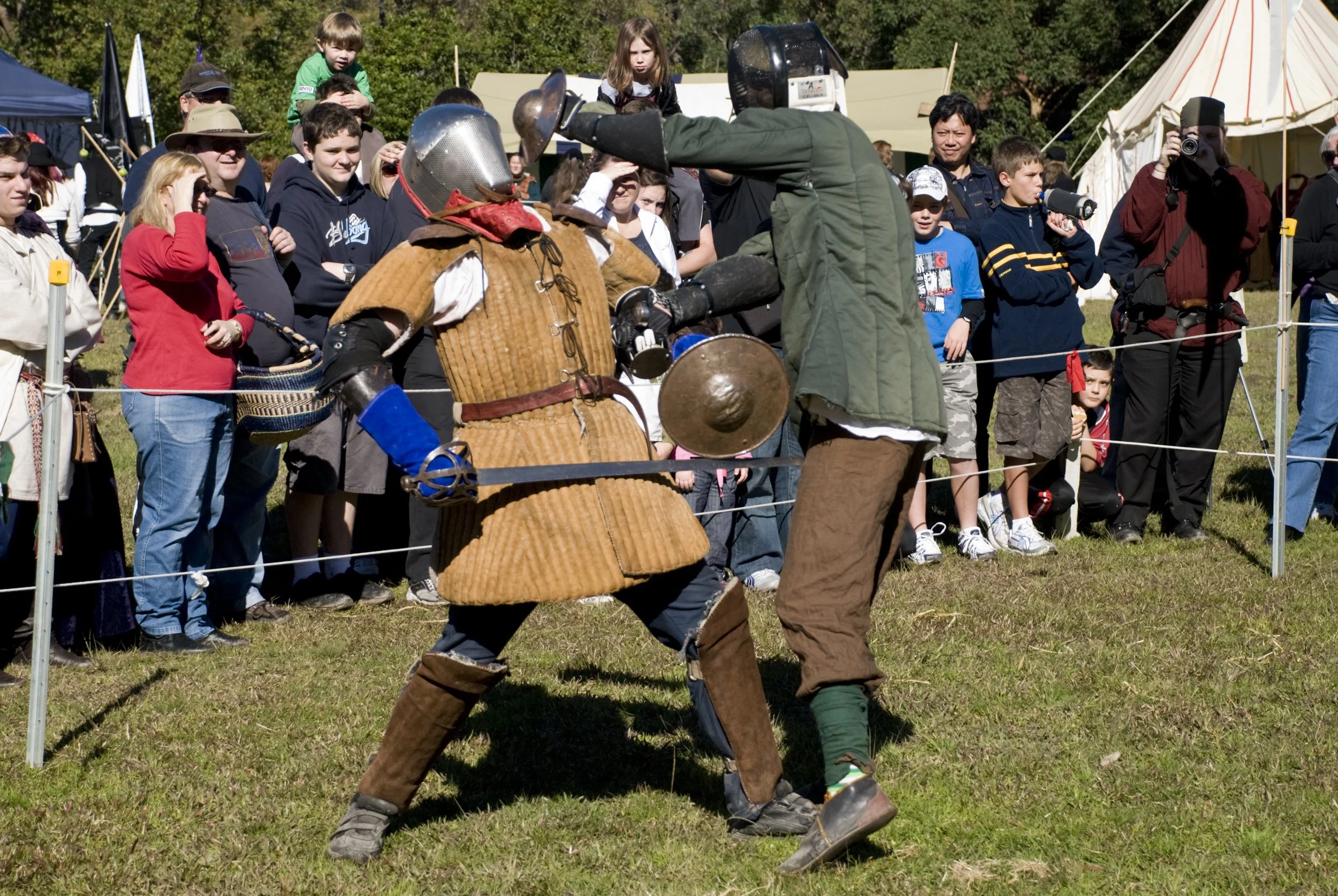
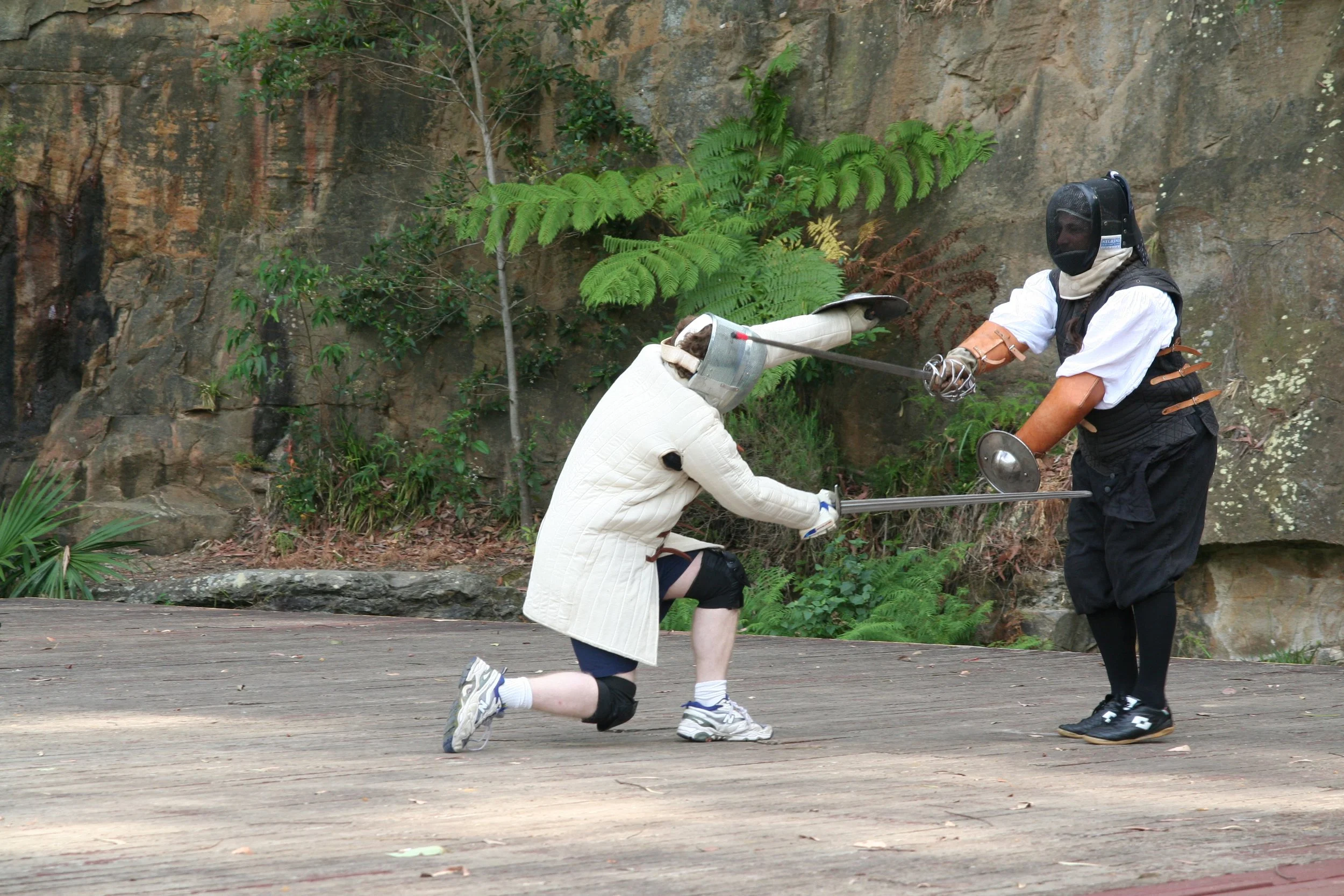
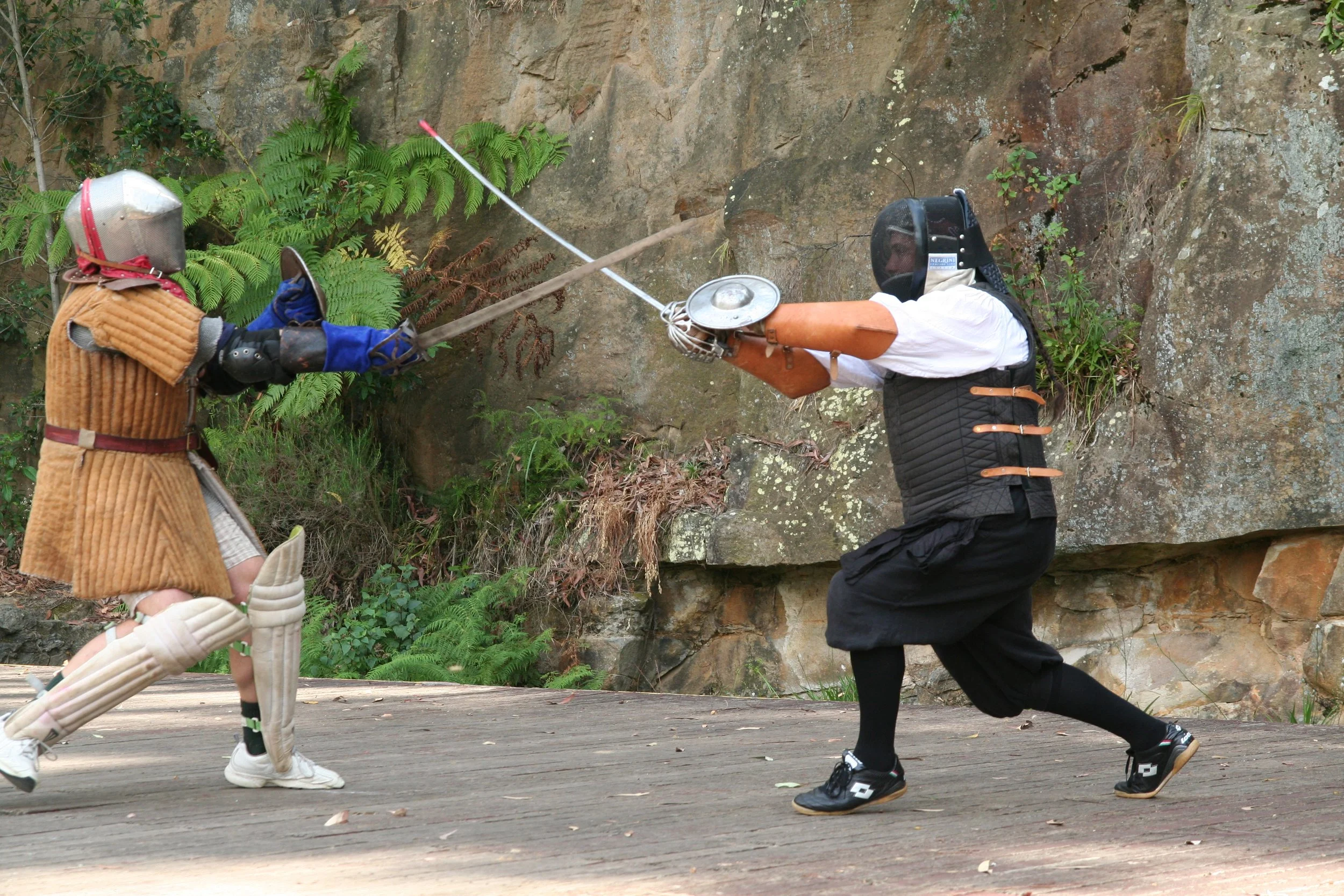
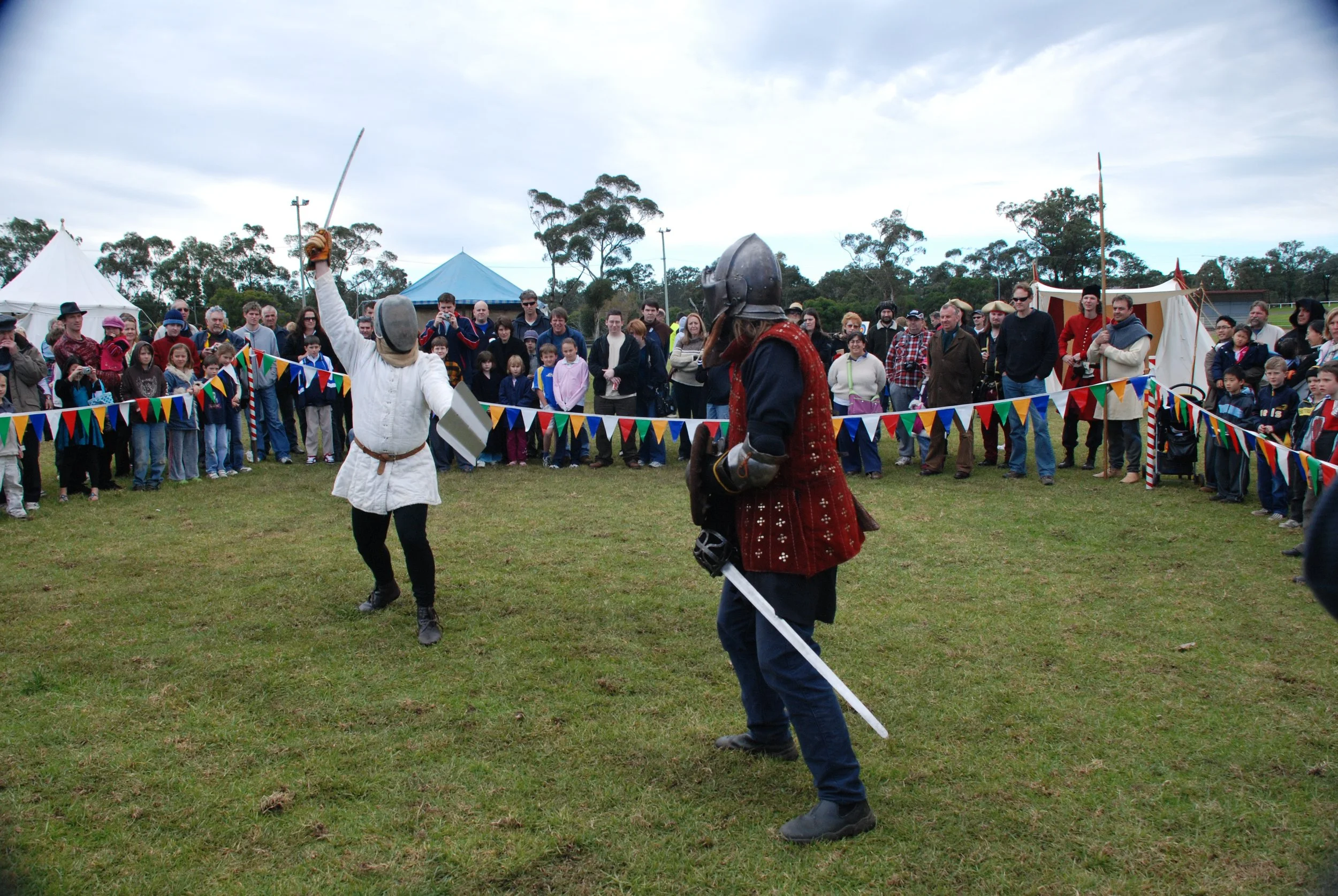

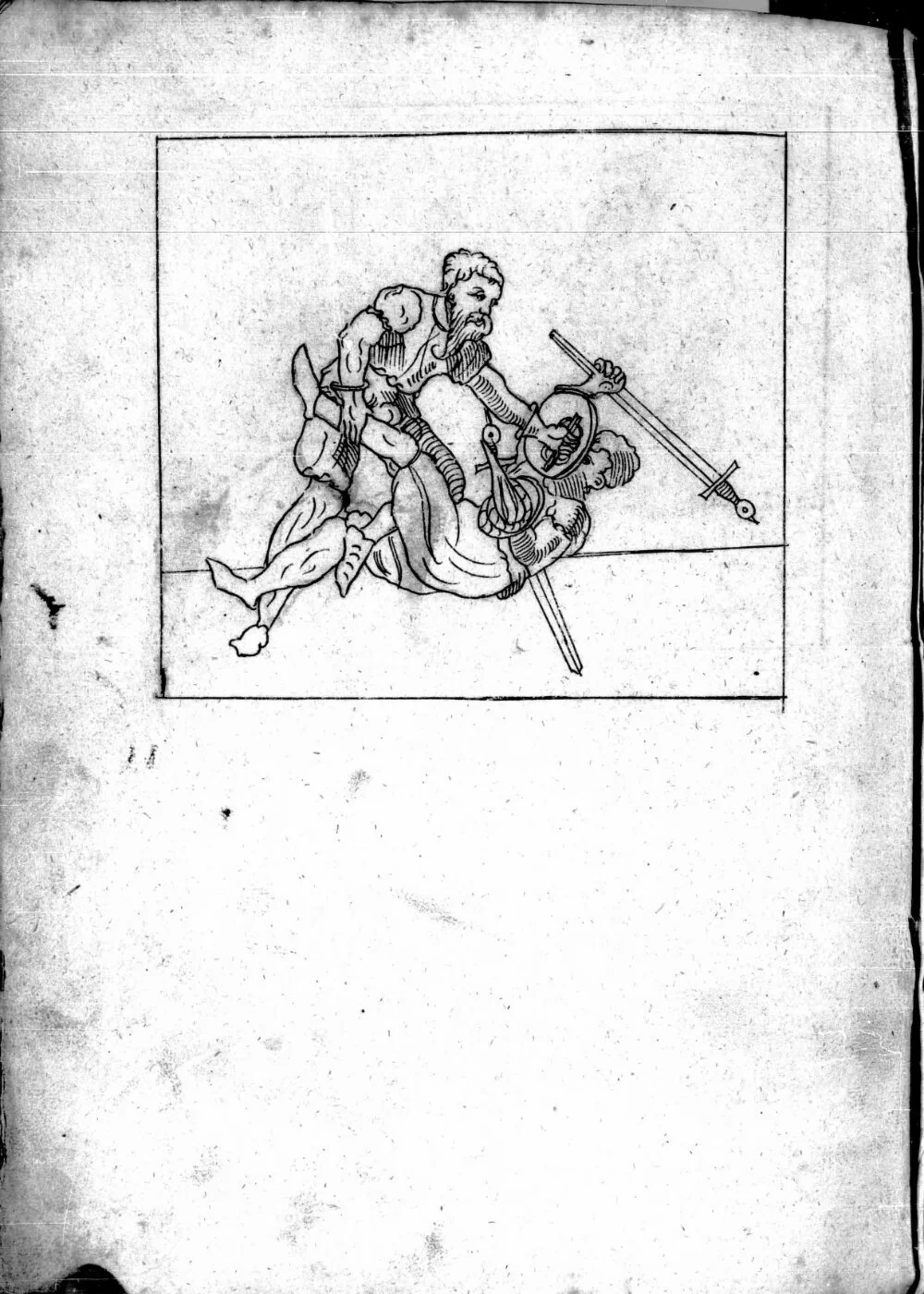
A buckler is a small, generally round shield held by a “punch grip” in the left hand. The shield can be made entirely of steel, or constructed of wood, with an iron or steel central boss and a leather or metal rim. Bucklers can be used as offensive weapons in their own right; the bucklers illustrated in I.33 have a small spike in the centre of the buckler which, although not large, can cause considerable discomfort to an opponent. The bucklers in I.33 are relatively small, at approximately 30cm (one foot) in diameter. This is because the shield must be small enough to pass underneath the opponent's forearm in order to execute some of the grapples; if the buckler is any larger this becomes physically impossible.
I.33 is, in essence, a tactical manual, and assumes a great deal of prior knowledge and skill. It described nothing of the basics such as footwork, simple attacks and defences that characterise what I.33 calls the “Ordinary fencer”. It is worth pointing out that “ordinary fencer” does not mean “not very good”; it means someone expertly trained in the common or ordinary method of medieval sword and buckler combat.
